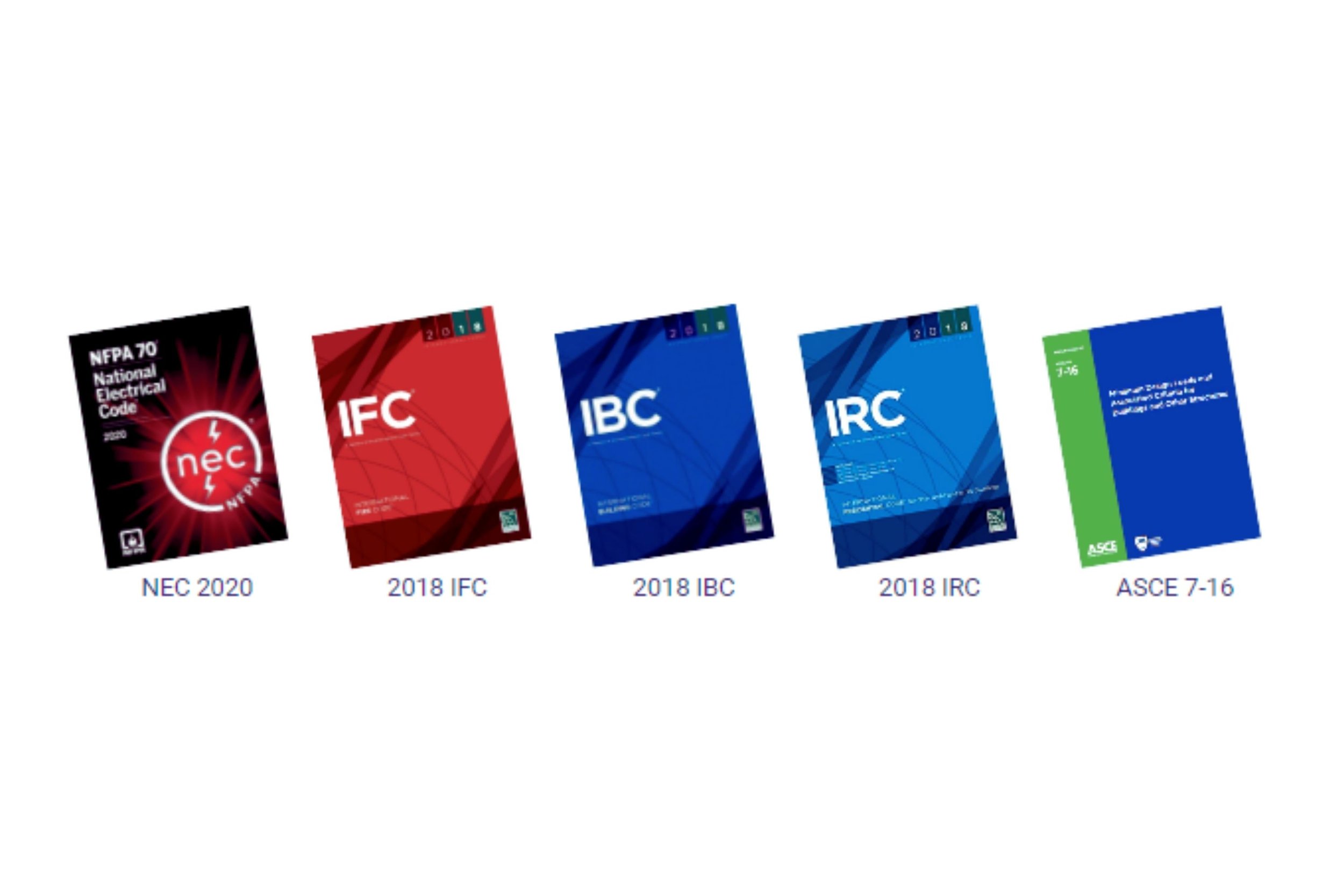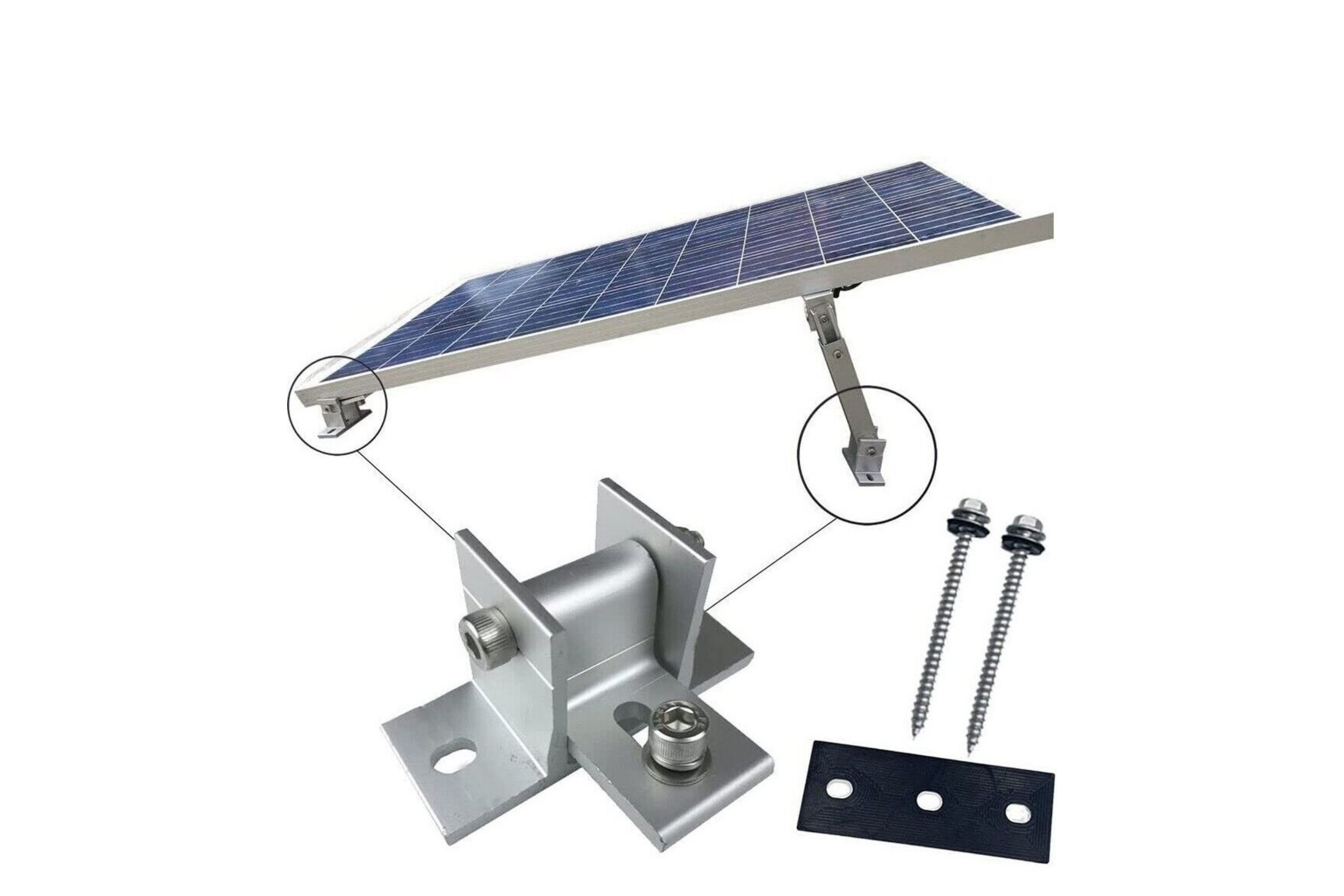10 Common Mistakes to Avoid in Your Solar Permit Plan Sets
Solar permit plan sets are the legal blueprints for obtaining authorization to install solar panels in residential areas of the United States. The site plan, layout, structural details, electrical diagrams, warning labels and placards, and spec sheets are among them. Solar installers must submit the solar permit plan sets that guarantee the safe and effective construction of residential solar panels to receive the relevant approval of the local Authority Having Jurisdiction (AHJs) for installing solar power. As the application process is intricate, making it difficult for an average person or business to succeed, we will discuss the 10 common mistakes to avoid in solar permit plan sets in this article.
1. Labeling the false code of practice (NEC, IBC, IFC, and IRC) for various jurisdictions that are not aligned with the safety and efficiency requirements of the International Building Code (IBC), and the International Residential Code (IRC) in the solar permit plan sets can interfere with the regulatory framework of the contractors, installers, and homeowners.
2. Choosing the incorrect roof access point, where the firefighters should have climbed up with the ladders onto the rooftop in solar project designs can hamper their ability to descend hatches or vents and quickly put out the fire in real-life. This can result in property damage and even fatalities after the fire has started.
3. Providing inadvertent solar panel roof setbacks also known as fire setbacks and jurisdiction setbacks - that are out of compliance with 2018 International Fire Code Section 1204 in the solar plans can mislead clients, delay installation, and incur additional expenditures.
4. Calculating the wrong parameters such as snow load, wind speed and exposure, and topographic features depending on the particular areas in the solar designs can negatively affect the solar panels' structural stability, output, and safety.
5. Using inappropriate sizing for electrical cables in a photovoltaic system violated the National Electric Code (NEC) in the plan sets can cause a voltage drop, and a failure to fully charge the battery bank, which leads to overheating and increases the danger of fire.
6. Designing the improper attachments of the overall system and its components such as substrate, metal covers, roofing, and penetrations against the factory manual standards in the solar projects can damage the perimeters and edges of the windows, doors, and roofs, and infiltrate the entire system due to the wind uplift moving in a cross-directional pattern throughout the system.
7. Utilizing the unsuitable interconnection methods that join the power grids with the residential and commercial buildings in a certain region in the solar plans without approval from the utility provider can pose the risk of electrical fires, personal injury, and greater maintenance and energy costs.
8. Performing the erroneous shading analysis which considers how nearby things such as vegetation and buildings affect the performance of the solar panels in the project designs can wrongly identify the maximum solar gaining location based on the effects of shading and seasonal fluctuations in solar radiations.
9. Selecting the incorrect ambient temperature correction factors and raceway fill factors that overload the conductors and damage the wire insulation as opposed to the safety requirements and design specifications of the National Electric Code (NEC) can cause power loss, overheating, and safety issues.
10. Applying confused and inadequate warning labels to equipment that does not adhere to the most recent rules of the National Electric Code (NEC), International Fire Code (IFC), and/or Cal Fire Code in the plan sets can cause product-based injuries to individual customers.
By avoiding these 10 mistakes in solar permit plan sets that may result in project delays, fines, and even legal action, we can successfully install secure, efficient, and standard solar panels that comply with local building, electrical, and fire codes in residential regions of the United States. If you would like to learn more about plan set permits and see the real example prepared by Indigo Energy, you can click here.











